41 kubernetes well known labels
Etiquetas recomendadas | Kubernetes Puedes visualizar y gestionar los objetos de Kubernetes con herramientas adicionales a kubectl y el propio tablero de control. Un conjunto común de etiquetas permite a dichas herramientas trabajar de forma interoperable, describiendo los objetos de una forma común que todas las herramientas puedan entender. Además del soporte a herramientas, las etiquetas recomendadas describen las ... Deploy a sample application - Amazon EKS For more information, see Well-Known Labels, Annotations and Taints in the Kubernetes documentation. The kubernetes.io/os: linux nodeSelector means that if you had Linux and Windows nodes (for example) in your cluster, the image would only be deployed to Linux nodes.
Debugging DNS Resolution | Kubernetes Apr 29, 2022 · This page provides hints on diagnosing DNS problems. Before you begin You need to have a Kubernetes cluster, and the kubectl command-line tool must be configured to communicate with your cluster. It is recommended to run this tutorial on a cluster with at least two nodes that are not acting as control plane hosts. If you do not already have a cluster, you can create one by using minikube or ...
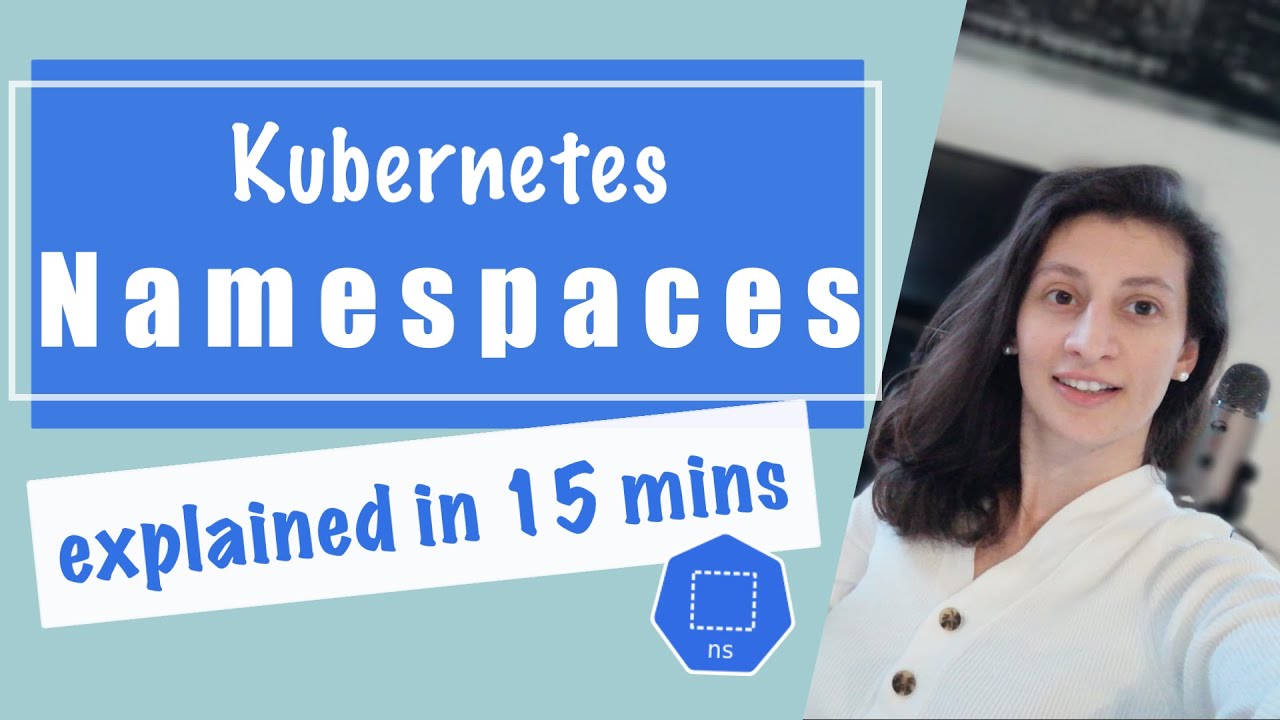
Kubernetes well known labels
Reorganize the "Well-Known Labels, Annotations and Taints ... - GitHub The Well-Known Labels, Annotations and Taints reference page is a bit messy at the time. The annotations are not all harmonized with the same template. ... Also, new annotations in the kubernetes.io namespace are not targeting Kubernetes API objects. For example, annotations on the audit logs Event (from the audit.k8s.io/v1 API), ... Well-Known Labels, Annotations and Taints | Kubernetes Well-Known Labels, Annotations and Taints Kubernetes reserves all labels and annotations in the kubernetes.io namespace. This document serves both as a reference to the values and as a coordination point for assigning values. Labels, annotations and taints used on API objects app.kubernetes.io/component Example: app.kubernetes.io/component=database Secrets | Kubernetes Working with Secrets Creating a Secret There are several options to create a Secret: create Secret using kubectl command create Secret from config file create Secret using kustomize Constraints on Secret names and data The name of a Secret object must be a valid DNS subdomain name.
Kubernetes well known labels. api/well_known_labels.go at master · kubernetes/api · GitHub LabelHostname = "kubernetes.io/hostname" LabelTopologyZone = "topology.kubernetes.io/zone" LabelTopologyRegion = "topology.kubernetes.io/region" // These label have been deprecated since 1.17, but will be supported for // the foreseeable future, to accommodate things like long-lived PVs that // use them. Best Practices Guide for Kubernetes Labels and Annotations The main advantage of this metadata is that the Kubernetes machinery automatically fills values of the standard labels and annotations. Thus, it is suggested to use the well-known labels and annotations in your daily operations and client tools, such as Helm, Terraform, or kubectl. Use Labels for Release Management kubernetes/well_known_labels.go at master - GitHub LabelInstanceType = "beta.kubernetes.io/instance-type" LabelInstanceTypeStable = "node.kubernetes.io/instance-type" LabelOSStable = "kubernetes.io/os" LabelArchStable = "kubernetes.io/arch" // LabelWindowsBuild is used on Windows nodes to specify the Windows build number starting with v1.17.. Well-Known Labels, Annotations and Taints | Kubernetes v1.23 v1.22 v1.21 v1.20 English Chinese Home Available Documentation Versions Getting started Release notes and version skew v1.20 Release Notes Kubernetes version and version skew support policy Learning environment Production environment Container runtimes Installing Kubernetes with deployment tools...
Just-in-Time Kubernetes: Namespaces, Labels, Annotations, and ... - Medium Before we get into app deployments, it's important to talk about Kubernetes Labels and Annotations. Both Labels and Annotations are key-value pairs used to describe an application; however, that's... Downward API | Kubernetes A better option would be to use the Pod's name as an identifier, and inject the Pod's name into the well-known environment variable. In Kubernetes, there are two ways to expose Pod and container fields to a running container: as environment variables as files in a downwardAPI volume azure-docs/use-labels.md at main - GitHub Verify the labels were set by running kubectl get nodes --show-labels. kubectl get nodes --show-labels | grep -e "costcenter=9000" -e "dept=IT" Create a node pool with a label To create a node pool with a label, use az aks nodepool add. Specify the name labelnp and use the --labels parameter to specify dept=HR and costcenter=5000 for labels. Object Names and IDs | Kubernetes For non-unique user-provided attributes, Kubernetes provides labels and annotations. Names A client-provided string that refers to an object in a resource URL, such as /api/v1/pods/some-name. Each object in your cluster has a Name that is unique for that type of resource.
Kubernetes: Evenly Distribution of Pods Across Cluster Nodes In order to distribute pods evenly across all cluster worker nodes in an absolute even manner, we can use the well-known node label called kubernetes.io/hostname as a topology domain, which ensures... Use availability zones in Azure Kubernetes Service (AKS) - Azure ... As documented in Well-Known Labels, Annotations and Taints, Kubernetes uses the topology.kubernetes.io/zone label to automatically distribute pods in a replication controller or service across the different zones available. In order to test this, you can scale up your cluster from 3 to 5 nodes, to verify correct pod spreading: Azure CLI Copy Try It AWS Releases Multi-Cloud Kubernetes Autoscaler Karpenter - InfoQ The provisioner can also be set up to use Kubernetes well-known labels to allow pods to request only specific instances based on instance types, architectures, or zones. Use labels in an Azure Kubernetes Service (AKS) cluster - Azure ... Specify the --node-labels parameter to set your labels. Labels must be a key/value pair and have a valid syntax. Azure CLI Copy Try It az aks create \ --resource-group myResourceGroup \ --name myAKSCluster \ --node-count 2 \ --nodepool-labels dept=IT costcenter=9000 Verify the labels were set by running kubectl get nodes --show-labels. Bash Copy
Document addonmanager.kubernetes.io/mode label - GitHub This is a Feature Request What would you like to be added Update Well-Known Labels, Annotations and Taints to mention and document the label addonmanager.kubernetes.io/mode Why is this needed https...
Concepts | Karpenter While using Kubernetes well-known labels, the provisioner can set some values that are specific to the cloud provider. So, for example, to include a certain instance type, you could use the Kubernetes label node.kubernetes.io/instance-type, but set its value to an AWS instance type (such as m5.large or m5.2xlarge ). Kubernetes cluster autoscaler
Configure role-based access control | Kubernetes Engine ... Jun 24, 2022 · Kubernetes includes a built-in role-based access control (RBAC) mechanism that enables you to configure fine-grained and specific sets of permissions that define how a given Google Cloud user, or group of users, can interact with any Kubernetes object in your cluster, or in a specific Namespace of your cluster. Kubernetes RBAC is enabled by ...
Clarification of labels, annotations and taints #25860 Some of the labels are tagged as "deprecated", but that is not accurate. Some of the labels are already removed. Not all "well-known" labels or annotations are listed. k8s-ci-robot added the needs-triage label on Dec 29, 2020 k8s-ci-robot added triage/accepted and removed needs-triage labels k8s-ci-robot assigned CKchen0726 on Jan 4
Documentation | Karpenter See Kubernetes Taints and Tolerations for details. Labels (labels): Apply arbitrary key-value pairs to nodes that can be matched by pods. Requirements (requirements): Set acceptable (In) and unacceptable (Out) Kubernetes and Karpenter values for node provisioning based on Well-Known Labels and cloud-specific settings.
Documentation | Karpenter These can be arbitrary labels you define, Kubernetes well-known labels, or Karpenter labels. Node affinity (NodeAffinity): Set nodeAffinity to have the Pod run on nodes that have matching nodeSelectorTerms set or not set. Matching affinity can be a particular operating system or zone. You can set the node affinity to be required or simply ...
Labels annotations taints - Unofficial Kubernetes Kubernetes reserves all labels and annotations in the kubernetes.io namespace. This document describes the well-known kubernetes.io labels and annotations. This document serves both as a reference to the values, and as a coordination point for assigning values. Table of contents: Well-Known Labels, Annotations and Taints; beta.kubernetes.io/arch
Labels and Selectors | Kubernetes Labels and Selectors | Kubernetes Labels are key/value pairs that are attached to objects, such as pods. Labels are intended to be used to specify identifying attributes of objects that are meaningful and relevant to users, but do not directly imply semantics to the core system. Labels can be used to organize and to select subsets of objects.
How To Use Let's Encrypt on Kubernetes to Automatically Generate Certs It can be complicated to set up, but Let's Encrypt helps solve this problem by providing free SSL/TLS certificates and an API to generate these certificates. Kubernetes allows you to define your application runtime, networking, and allows you to define your infrastructure declaratively through code; making it easier to maintain, review, and ...
The Importance of Using Labels in Your Kubernetes Specs: A Guide Labels are intended to be used to specify identifying attributes of objects that are meaningful and relevant to users, but do not directly imply semantics to the core system. Labels can be used to organize and to select subsets of objects." You can use Kubernetes annotations to attach arbitrary non-identifying metadata to objects.
Incorrect example format on 'Well-Known Labels, Annotations and Taints ... This is a Bug Report : is correct for YAML, which I think is what we should assume we're writing a snippet of (it's definitely not JSON). I'd use = here and then file another issue abou...
Recommended Labels | Kubernetes Jan 11, 2022 · You can visualize and manage Kubernetes objects with more tools than kubectl and the dashboard. A common set of labels allows tools to work interoperably, describing objects in a common manner that all tools can understand. In addition to supporting tooling, the recommended labels describe applications in a way that can be queried. The metadata is organized around the concept of an application ...
Secrets | Kubernetes Working with Secrets Creating a Secret There are several options to create a Secret: create Secret using kubectl command create Secret from config file create Secret using kustomize Constraints on Secret names and data The name of a Secret object must be a valid DNS subdomain name.
Well-Known Labels, Annotations and Taints | Kubernetes Well-Known Labels, Annotations and Taints Kubernetes reserves all labels and annotations in the kubernetes.io namespace. This document serves both as a reference to the values and as a coordination point for assigning values. Labels, annotations and taints used on API objects app.kubernetes.io/component Example: app.kubernetes.io/component=database
Reorganize the "Well-Known Labels, Annotations and Taints ... - GitHub The Well-Known Labels, Annotations and Taints reference page is a bit messy at the time. The annotations are not all harmonized with the same template. ... Also, new annotations in the kubernetes.io namespace are not targeting Kubernetes API objects. For example, annotations on the audit logs Event (from the audit.k8s.io/v1 API), ...
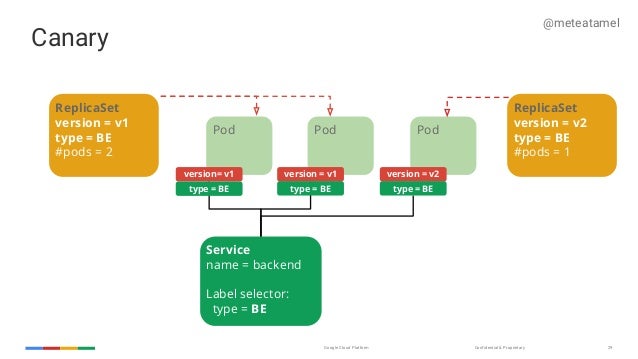


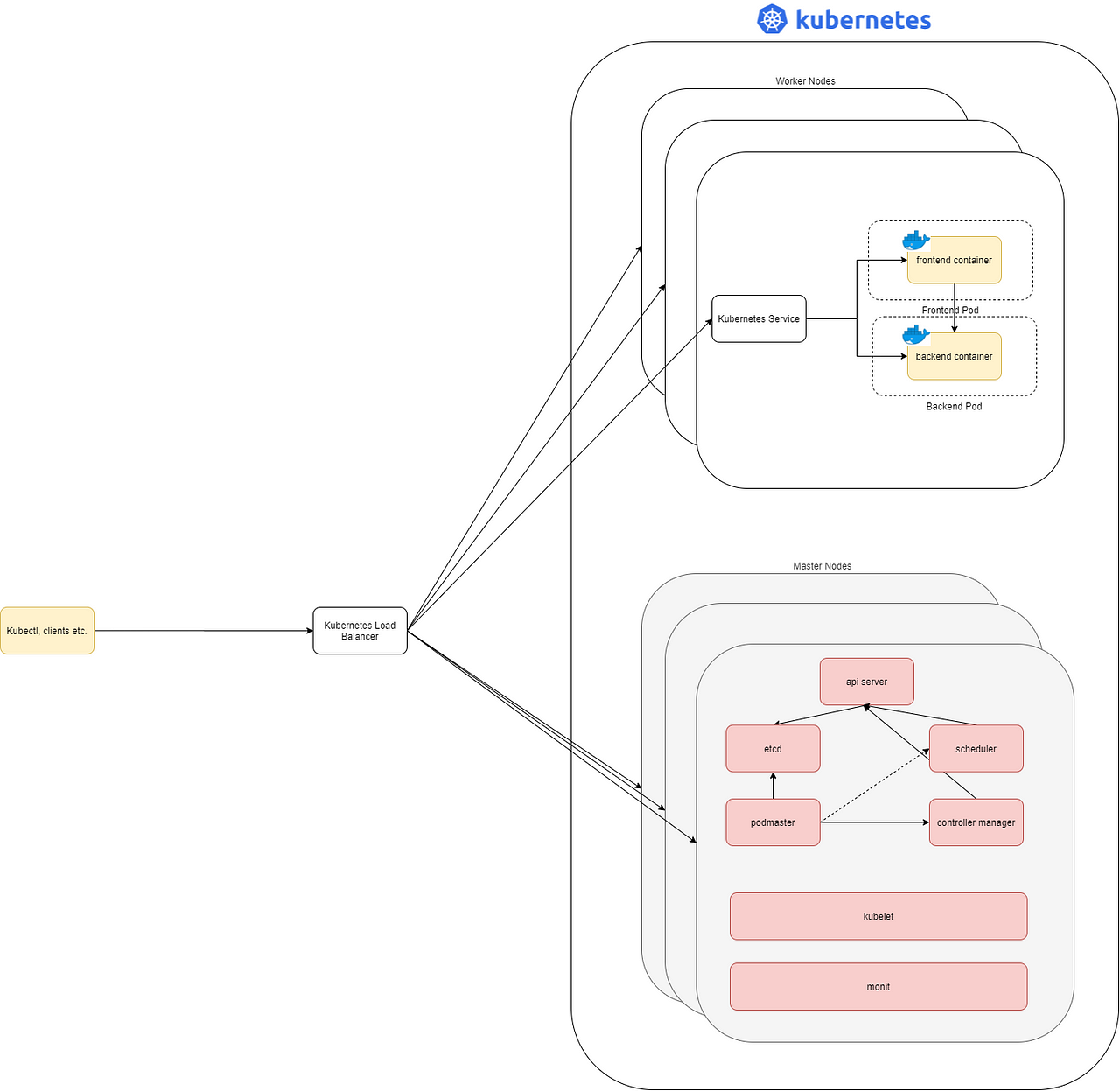



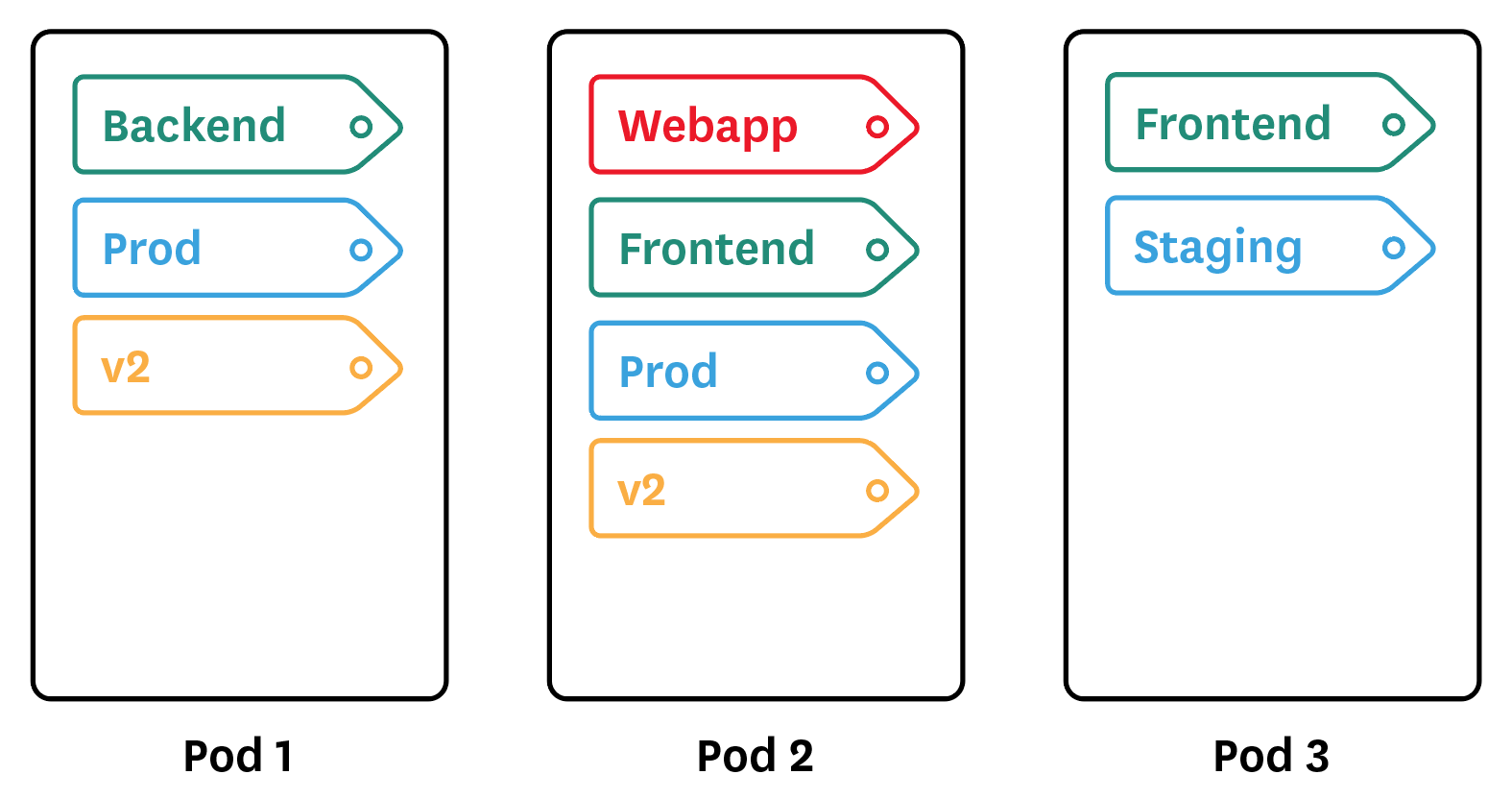
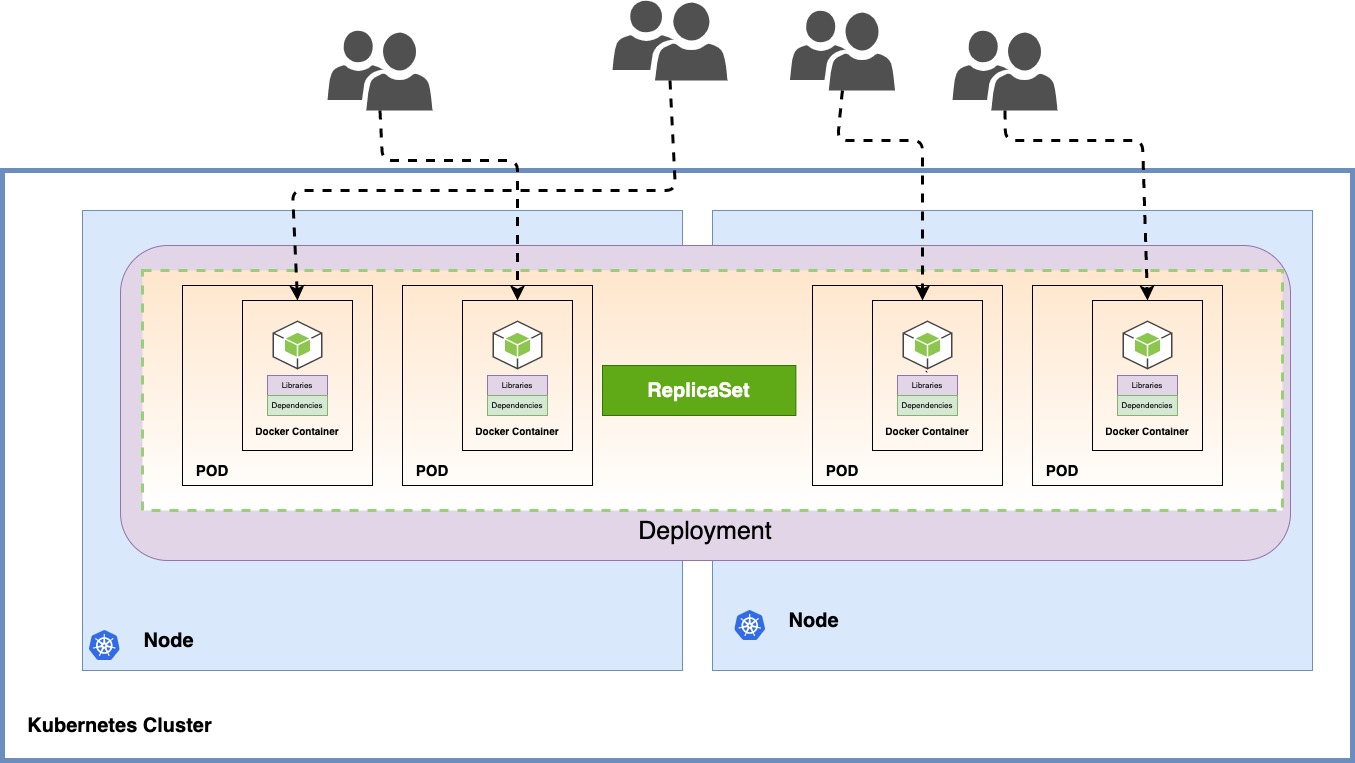




Post a Comment for "41 kubernetes well known labels"